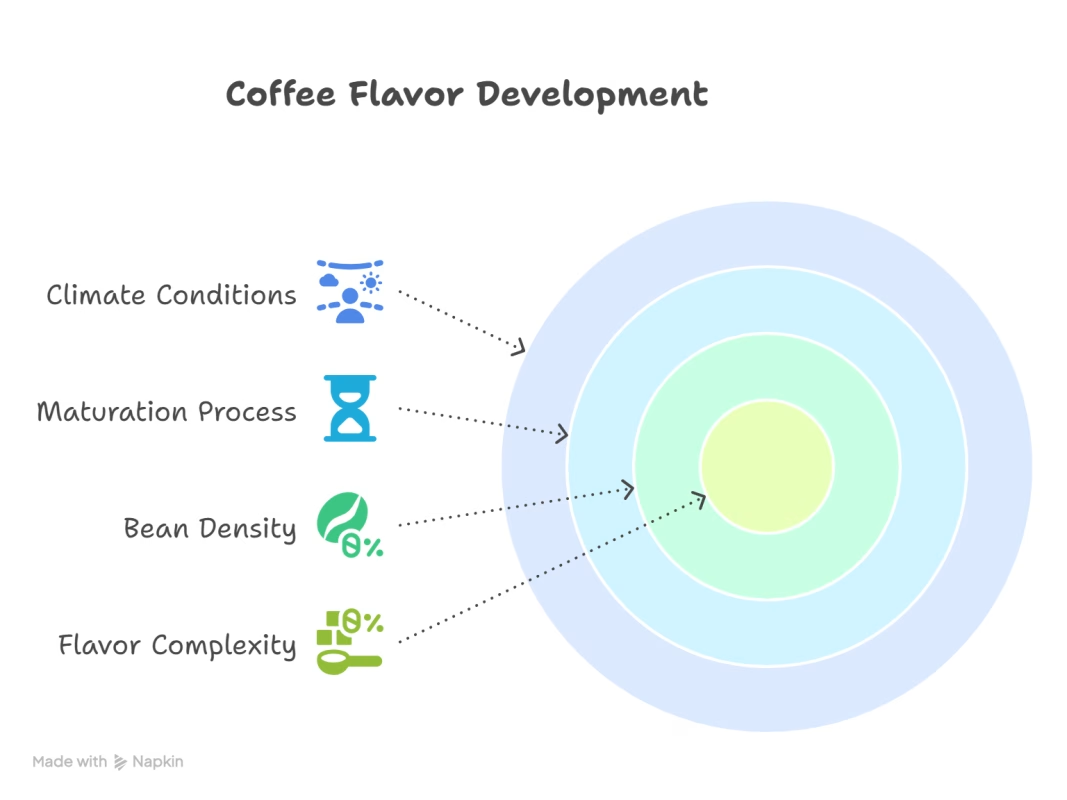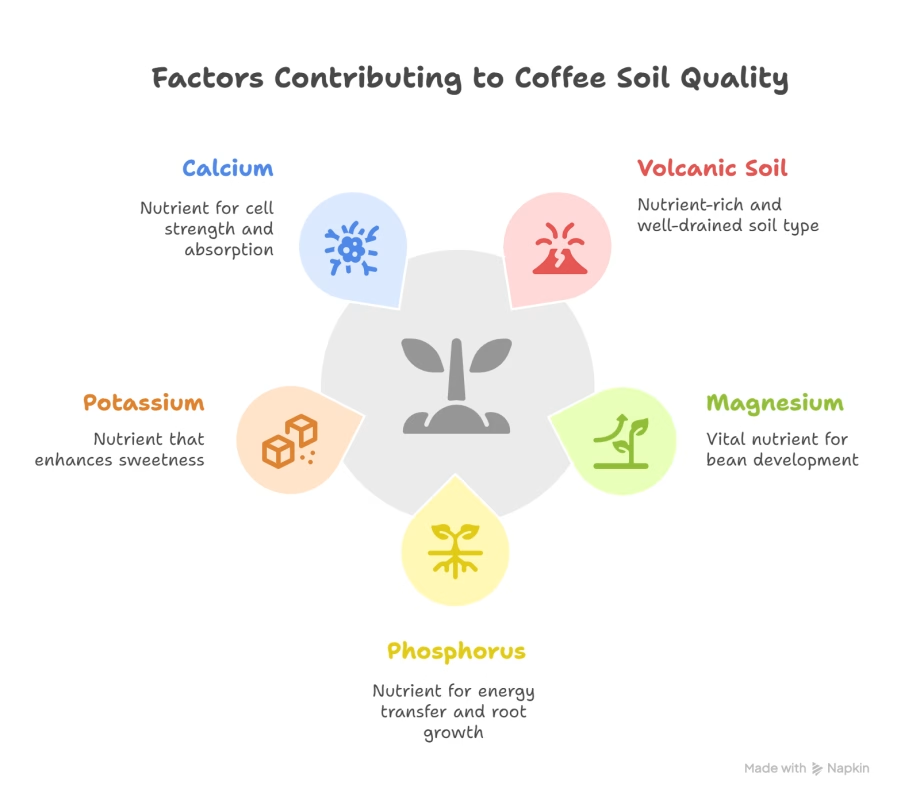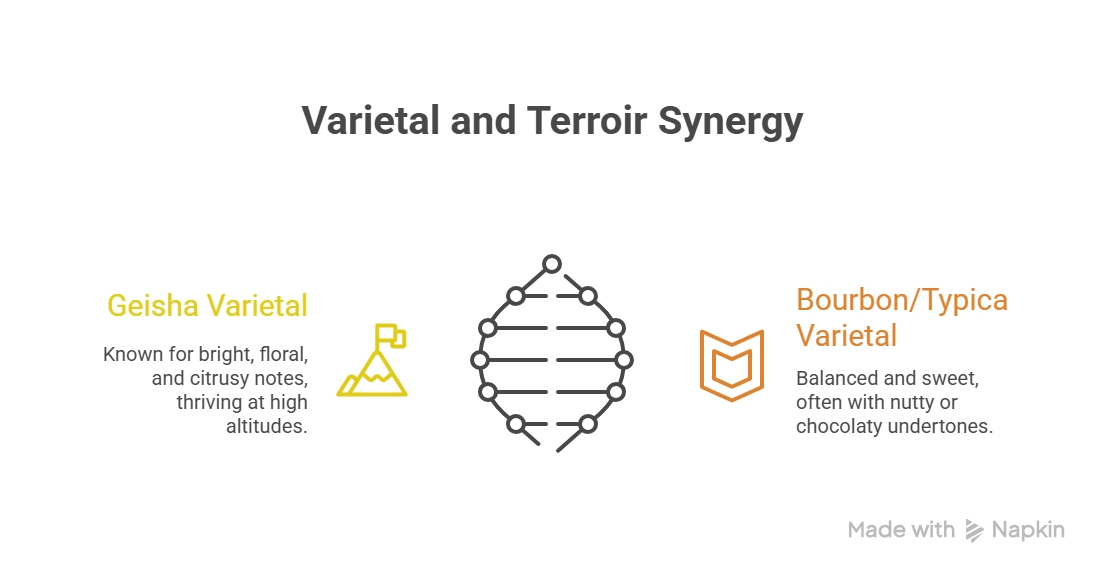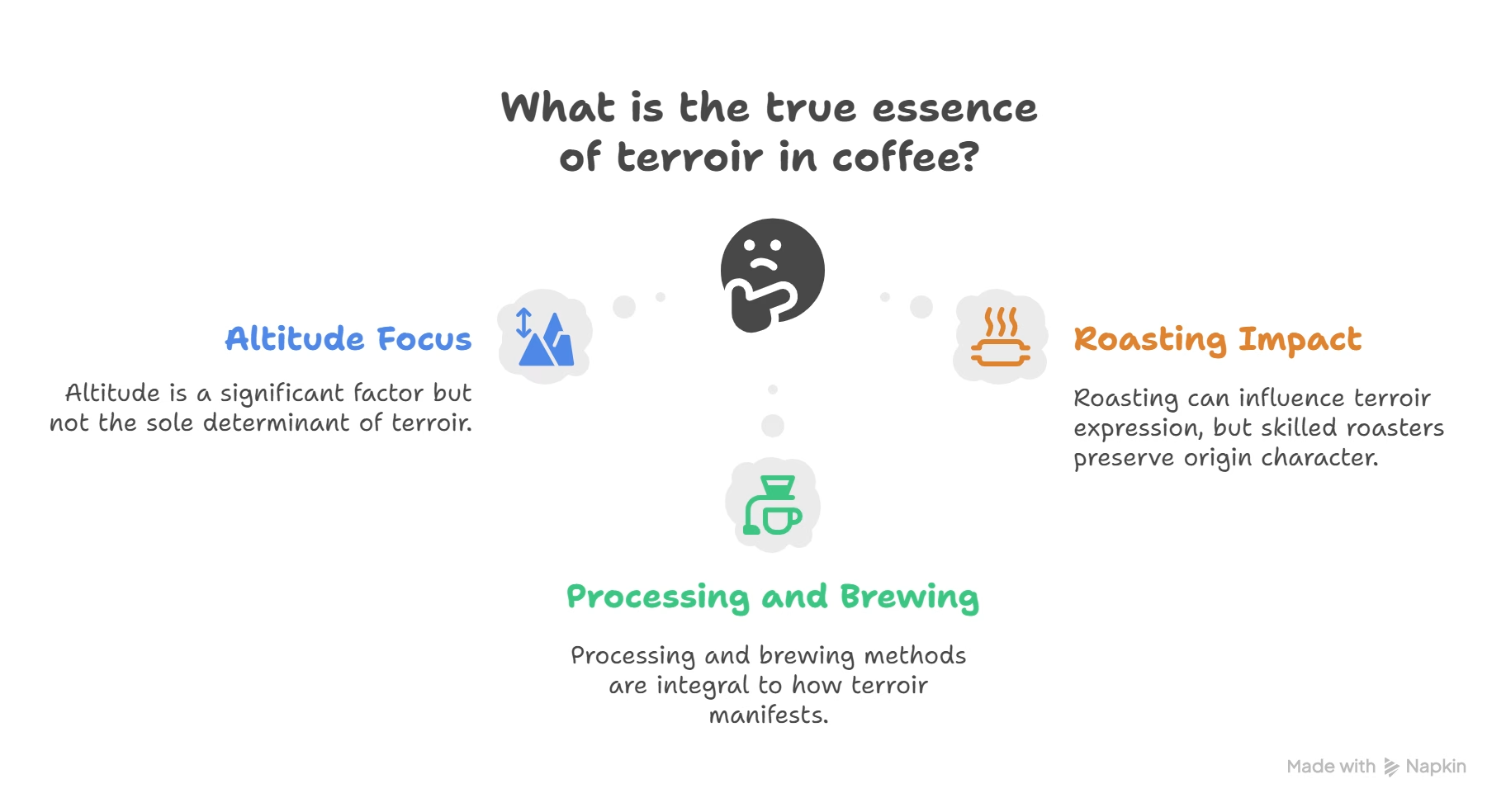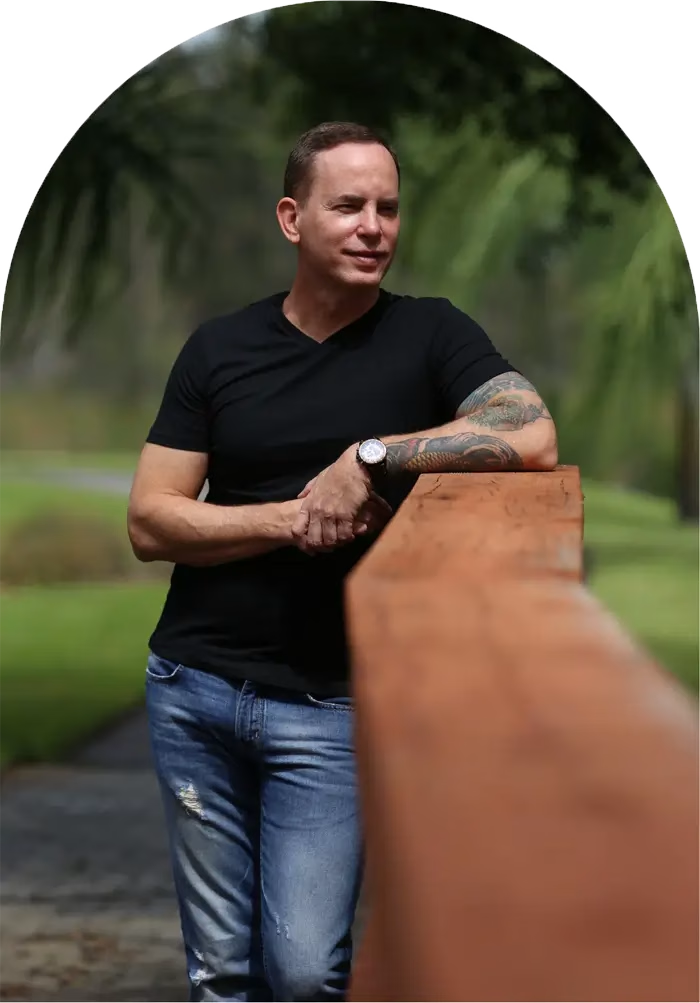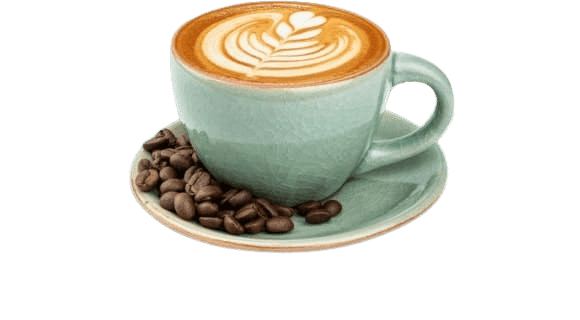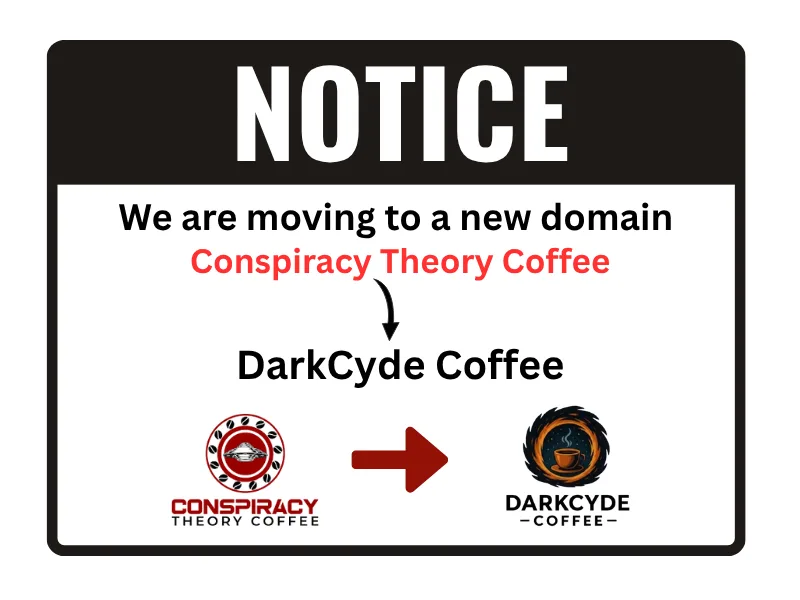Blog
How Does Terroir Affect Coffee?
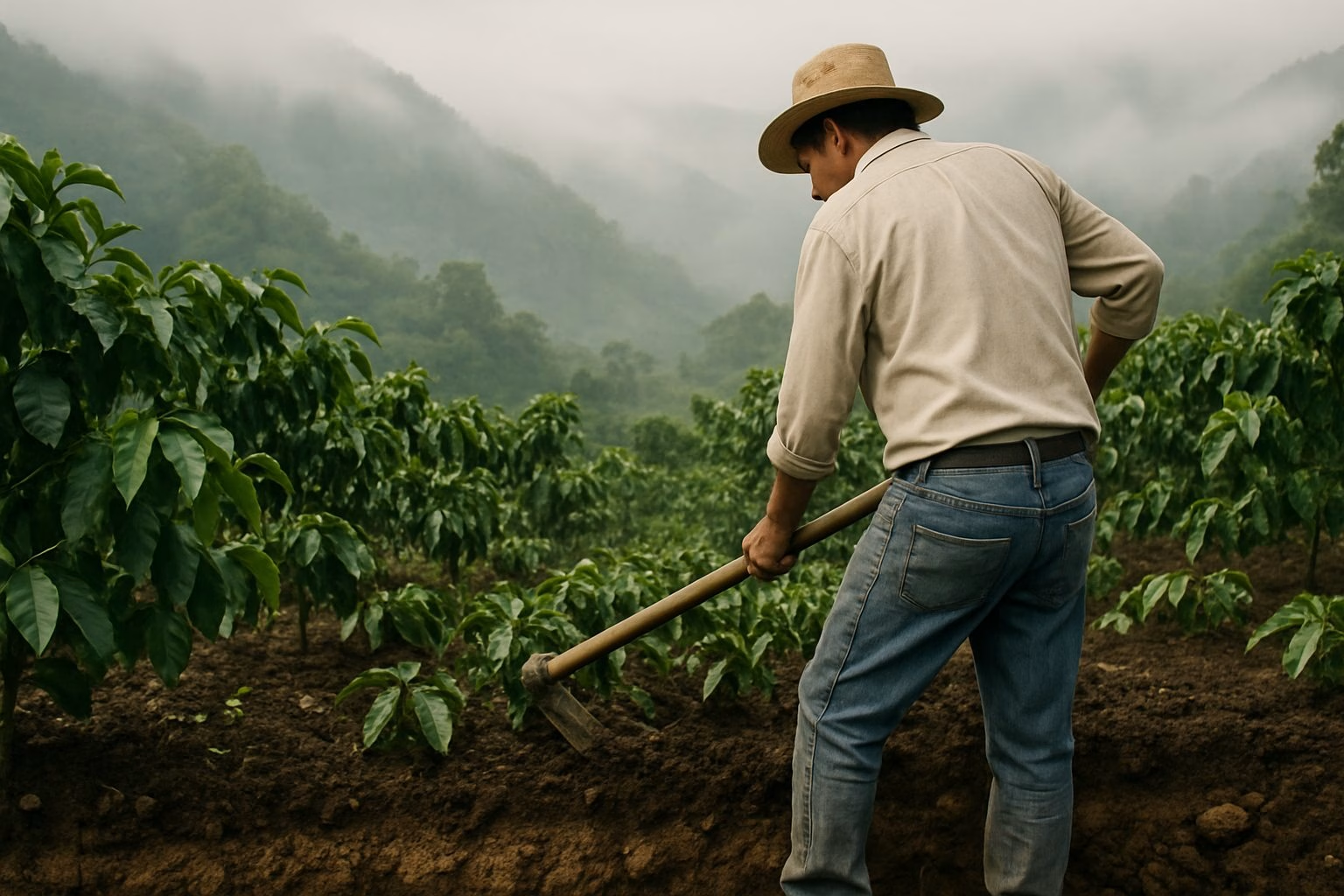
Understanding How Does Terroir Affect Coffee? Origin, and That First Magical Sip of Terroir Coffee.
Imagine you’re blindfolded and handed a cup of coffee. You take a sip, and instantly you’re somewhere else—walking through misty Ethiopian highlands or breathing in volcanic air in the hills of Honduras. That, friends, is terroir at work.
Terroir, traditionally defined as the combination of soil, altitude, and climate, explains why coffees from different regions taste so distinct. But there’s more to the story. A broader, modern understanding of terroir also includes the human element—the farmers’ cultivation practices, post-harvest processing methods, local traditions, and even the cultural values passed down through generations.
In coffee, terroir isn’t just where it’s grown. It’s how it’s grown, who grows it, and what choices are made along the way.
Some experts even argue that the influence of post-harvest processing rivals, or exceeds, the natural terroir itself. This debate adds a fascinating layer of complexity—and understanding coffee means embracing all the variables that shape it.
What Is Terroir Coffee?
Terroir coffee refers to beans whose flavor profile directly reflects their unique environment and the practices of those who cultivated them.
It goes beyond a stamp of origin. It’s a sensory signature of a place, its climate, its soil—and the culture surrounding it. Know more about why our single origin -> coffee tastes like its origin.
When we talk about terroir coffee, we’re talking about:
– Coffee that reflects the natural and human conditions of a region.
– Beans that truly taste like their origin—not like a generic supermarket roast.
Want to taste it for yourself? → Explore our single origin coffee lineup
The Core Elements of Coffee Terroir
1. Climate
Coffee cherries thrive on just the right mix of sunlight, rain, and temperature. Cooler temperatures, especially at night, slow the maturation process—giving time for sugars and acids to fully develop.
Impact:
– Slow growth = denser beans
– Denser beans = brighter, more complex flavors
– Climate variation creates massive flavor diversity
Example: In Opalaca, Honduras, the cool, humid microclimate produces coffees with winey acidity and fruity complexity.
2. Altitude and Coffee: A Data-Driven Breakdown
Altitude is one of the most influential terroir factors.
– Above 1,200 meters (4,000+ ft):
→ Slow maturation → dense beans → higher sugar and acid content
→ Flavor: Bright, floral, fruity (think jasmine, citrus, apple)
– Below 800 meters:
→ Faster growth → less complexity
→ Flavor: Earthy, nutty, flatter in acidity
Example: Montecillos and Opalaca (1,200–1,750m) produce exceptional beans with apple-like acidity and clean finishes.
→ Taste our high-altitude Honduras coffee
3. Soil Composition and Nutrient Impact
The soil isn’t just dirt—it’s a chemical influencer. Volcanic soils are considered coffee goldmines. They’re nutrient-rich and naturally well-drained.
Key nutrients in great coffee soil:
– Magnesium → Vital for bean development
– Phosphorus → Energy transfer and root growth
– Potassium → Enhances sweetness
– Calcium → Cell strength and nutrient absorption
Example: Montecillos’ mineral-rich clay soil results in dense beans with intense sweetness and nuanced acidity.
4. Microclimates: Flavor Variations Across Small Distances
Microclimates are small zones with localized climate differences—caused by things like wind, sunlight, elevation, or mountain slope direction.
Real-world case: Two farms on opposite sides of a Honduran mountain can grow the same varietal and process it the same way… Yet one cup might taste like grapes and wine, and the other like lemon and honey.
This is terroir on a hyper-local scale.
5. Coffee Varietals
Think of varietals as the genetic base. Terroir helps express what’s already in the bean’s DNA.
– Geisha → Bright, floral, citrusy (best at high altitudes)
– Bourbon / Typica → Balanced, sweet, often nutty or chocolaty
Matching the right varietal to the right terroir can result in flavor magic. Matching it poorly? Mediocre coffee, even in a great environment.
6. Processing Method: The Human Hand in Terroir
Once picked, how coffee is processed can elevate or mask terroir.
– Washed → Clean, crisp, origin-driven clarity
– Natural (dry) → Heavy body, berry/wine notes, can overshadow terroir
– Honey → Balanced sweetness, textured mouthfeel
At Conspiracy Theory Coffee, we work closely with our producers to choose the right process for each bean—so the terroir shines through.
Scientific, Cultural, and Economic Perspectives on Terroir
The Scientific View
Unlike wine, coffee lacks a universal terroir classification system. Researchers emphasize:
– The need for standardized roasting/brewing to isolate terroir
– That terroir effects are often entangled with processing, roasting, and even brewing water
Cultural Roots
Terroir is cultural. In Ethiopia, the coffee ceremony isn’t just a ritual—it’s a tribute to regional identity, taste, and tradition.
Economic Impact
Recognized terroirs = higher market value. Regions with strong terroir identity (e.g., Yirgacheffe or Huehuetenango) command better prices, which supports sustainability, local economies, and farmer visibility and pride.
Common Misconceptions About Terroir
– “It’s all about altitude.” → Wrong. It’s one part of the bigger picture.
– “Roasting ruins terroir.” → It can mask it. That’s why skilled roasters use gentle profiles to preserve origin character.
– “Terroir ends at the farm.” → Not true. Processing, roasting, and even brewing style play into how terroir expresses itself.
Want to learn more? Read how World Coffee Research studies terroir and varietals globally.
Why Coffee Lovers Obsess Over Terroir
Because it’s not just a beverage—it’s an experience. Coffee drinkers want to taste the place and understand the story.
Terroir-driven coffee offers:
– Transparency: Know where your coffee comes from
– Traceability: Understand how it was grown
– Adventure: Taste flavors that only exist in one micro-region on Earth
Conclusion: The True Meaning of Terroir Coffee
So… how does terroir affect coffee?
It defines acidity, sweetness, aroma, texture, and aftertaste. But more than that, it captures the story, science, and soul of where your coffee came from—and who brought it to life.
Each cup is a fingerprint of origin—a liquid time capsule of climate, culture, and craft.
Explore the flavor, story, and science in every bean. That’s the power—and mystery—of terroir.
→ Explore our single origin coffees and taste the difference for yourself

